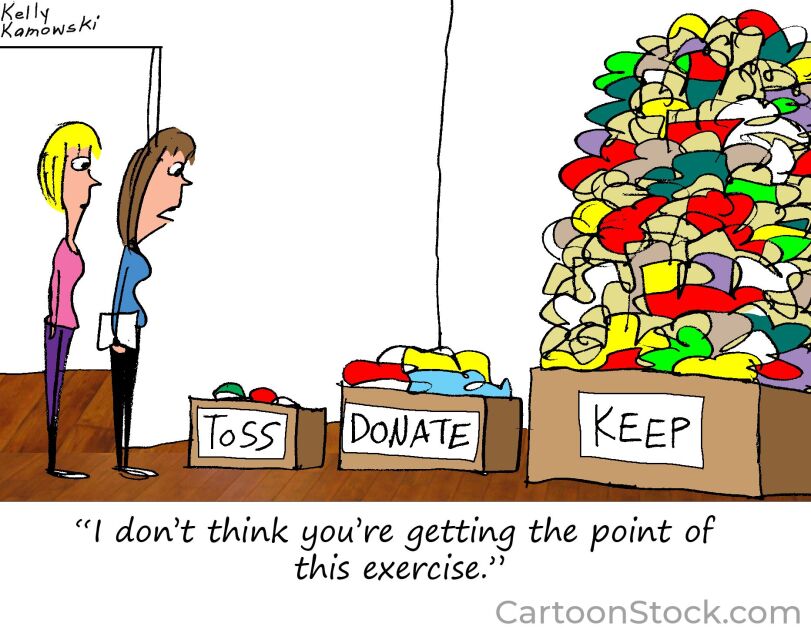Seventeen states will share $5.2 million in private money in the second phase of the National Governors Association’s efforts to improve high schools.
States as diverse as Florida and Nevada will work to increase the rigor of high school coursework, improve collaboration between precollegiate and higher education, and pursue other initiatives under the grants, scheduled to be announced this week.
The privately funded grants are the second round that the NGA has made since it convened a summit of governors, business leaders, and education experts in February to map out a 10-point strategy for high school improvement.
The new grants differ from the first round because they “focus on discrete strategies” for improving high schools rather than long-range agendas for change, said Kristin Conklin, an education program director for the governors’ association. The two-year grants are being underwritten by seven private and corporate foundations and are designed to support strategies that summit leaders endorsed, she added.
In Wisconsin, for example, the governor’s office will use its $500,000 grant to expand access to Advanced Placement courses in the 24,700-student Madison school system and eight rural districts with no or limited AP course offerings, said Ann Lupardus, a spokeswoman for Gov. James E. Doyle, a Democrat.
The grant will supplement the state’s current program to spread the AP program to the Wisconsin high schools that don’t have it, Ms. Lupardus said. The state is scheduled to spend $100,000 a year in the current and coming school years on AP expansion, she said.
Expanding access to AP courses is one of the 10 specific actions recommended in a report that emerged out of the two-day summit focused on raising the caliber of high schools. The NGA sponsored the Washington gathering with Achieve Inc., a group of governors and business leaders that promotes school improvement. (“Summit Underscores Gates Foundation’s Emergence as Player”, March 9, 2005.)
All of the grant recipients in this second round of grantmaking will use the money to pursue one or more of those tactics.
Immediate Impact
This past summer, the NGA distributed $20 million to 10 states to identify the combination of policies they will use in the long-term effort to improve their high schools. Those grants, which also are for two years, will help those states “identify 10-year stretch goals” and begin making the policy changes necessary to meet them, said Dane Linn, the NGA’s education policy director.
Indiana, for example, is using its grant from that first round to make progress toward its goal of redesigning half its high schools to emphasize mathematics and science.
The National Governors Association is awarding privately funded grants totaling $5.2 million to 17 states to help them pursue projects seen as improving their high schools in the near term.
| Increase rigor of coursework | ||
|---|---|---|
| Mississipi | Oklahoma | Pennsylvania |
| Expand Advanced Placement | ||
| Alabama | Georgia | Kentucky |
| Maine | Nevada | Wisconsin |
| Improve teacher quality | ||
| Iowa | Connecticut | |
| Oklahoma | Wyoming | |
| Help low-performing schools | ||
| Nevada | New Hampshire | |
| Study governance | ||
| Arizona | Georgia | Florida* |
| Oklahoma | Wyoming | Connecticut |
| Expand virtual learning | ||
| Georgia | North Carolina | |
| Kentucky | Tennessee | |
| Build data systems | ||
| Kentucky | Nevada | |
*Pending governor’s action
SOURCE: National Governors Association
By contrast, the second-round recipients will use the money to achieve more-immediate objectives, such as putting AP programs in Wisconsin high schools that need them. Alabama, Georgia, Kentucky, Maine, and Nevada also will expand AP programs. Each of those states will receive $500,000 and be required to match that amount with its own money.
Mississippi, Oklahoma, and Pennsylvania each will receive $140,000 for efforts to increase the rigor of courses across the high school curriculum. Each state must match that amount.
Whole Need Not Met
Even though the second-round grants focus on relatively small-scale projects, the money they provide typically falls short of what is needed to complete the initiatives. Through the course of the two-year effort to expand AP, for instance, those states may identify districts where they next want to bring the program, said Ms. Conklin of the NGA.
And Kentucky and Nevada—which will each receive $150,000 toward building a comprehensive student-data system—will need to supplement the grant money with state and federal funds to complete the job, Mr. Linn said.
“This will help move it along a little further,” he said.
With both rounds of grantmaking completed, 26 states have received money to address high school issues. Maine is the only state to win grants in both rounds.
“The level of activity across these states will put pressure on states where we’re not seeing a lot of activity,” Mr. Linn said.
The second round of grants is underwritten by the BellSouth Foundation, the Michael & Susan Dell Foundation, the GE Foundation, the Ewing Marion Kauffman Foundation, the Lumina Foundation for Education, the Prudential Foundation, and the State Farm Cos. The Bill & Melinda Gates Foundation financed the first rounds of grants.
The NGA will be evaluating the success of the first two rounds of grants and will decide later whether it will seek financing for another set of grants, Ms. Conklin said.







